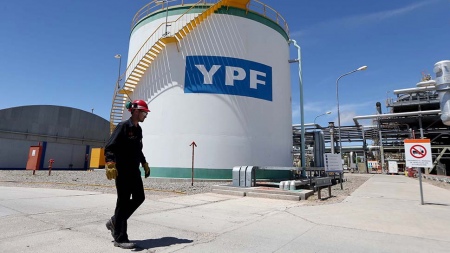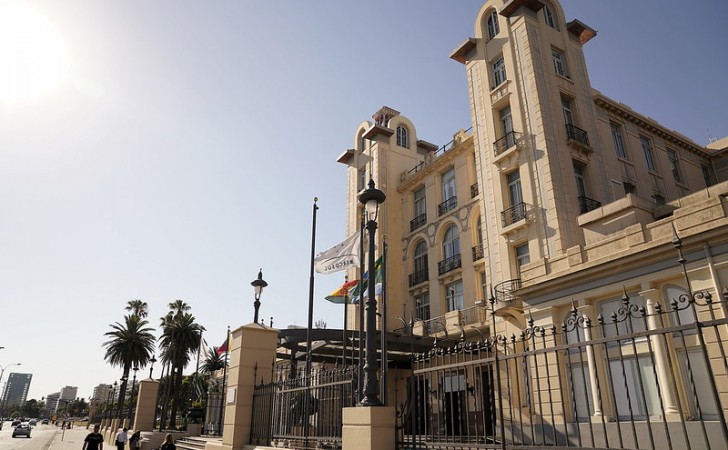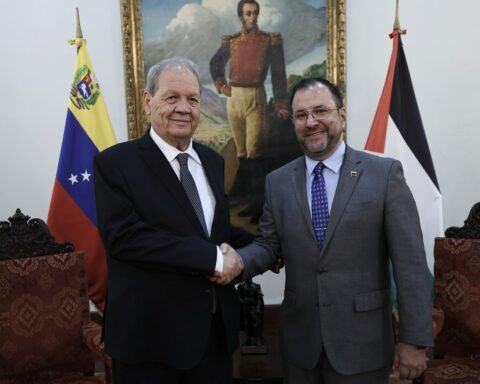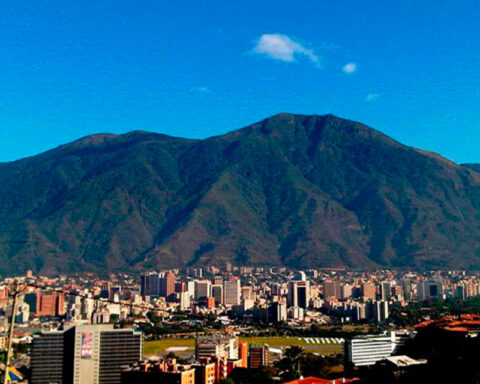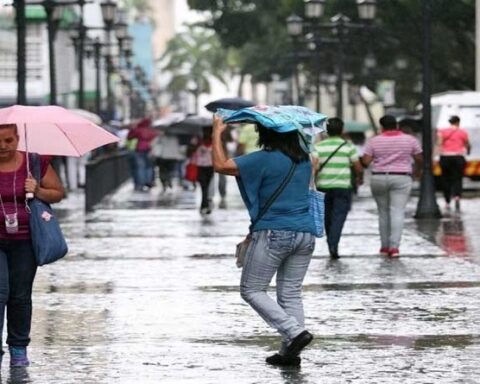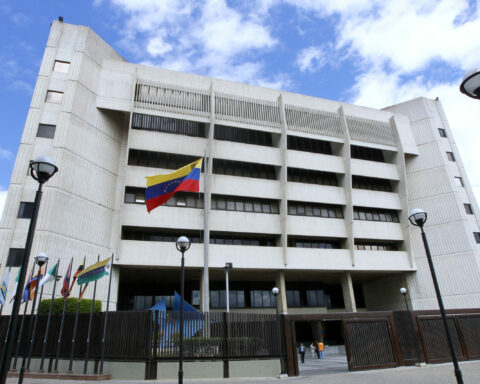After almost three months of massive demonstrations and hundreds of deaths, in protest of the death of Mahsa Amini, detained by the morality police for allegedly misusing the veil; The Iranian government decided to eliminate this institution and not only that, it also announced that it would review the 1983 veil law. However, this may not be enough since the demands of the Iranian population go much further.
Text: RFI / AFP
In Iran, the Attorney General announced on Sunday, December 4, the abolition of the morality police, implicated in the death of Mahsa Amini. The information has not been confirmed by the Ministry of the Interior, but it comes on the eve of new demonstrations and strikes.
A day after this announcement, authorities also said they were reviewing the 1983 law on the mandatory headscarf, which was adopted four years after the 1979 Islamic Revolution, which toppled the Shah’s monarchy.
The law states that both Iranian and foreign women, regardless of their religion, have to veil their hair and wear loose-fitting clothing in public. However, this announcement and even the removal of the rule would not be enough, says Azadeh Kiah, a French-Iranian sociologist, director of the Center for Teaching, Documentation and Research for Feminist Studies (Cedref) at the University of Paris Cité.
«The issue of the veil is something that does not properly concern the protesters. On the one hand, because many women in the big cities no longer wear it (…) On the other hand, their demands go far beyond the issue of the veil. The demonstrators have been calling for the fall of the regime for many weeks and the strike slogans that are followed are also in this direction. It is verified that different social categories, beginning with the merchants who had very close ties with the clergy, but also with the workers, the civil servants also follow these strikes.
*Read also: Government of Iran acknowledges for the first time 300 dead in protests
Iran has been engulfed in a wave of protests since the death on September 16 of Amini, a 22-year-old Iranian Kurdish girl who died after being detained by morality police for not wearing the headscarf correctly.
The authorities claim that Amini’s death was due to health problems, but according to her family, she died after being beaten. Since then, women have led the protests, shouting anti-government slogans, removing and burning their headscarves. “Woman, life, freedom” is one of the slogans that has been heard the most. The movement continues despite the repression by the authorities, which has left hundreds dead.
Post Views: 58


